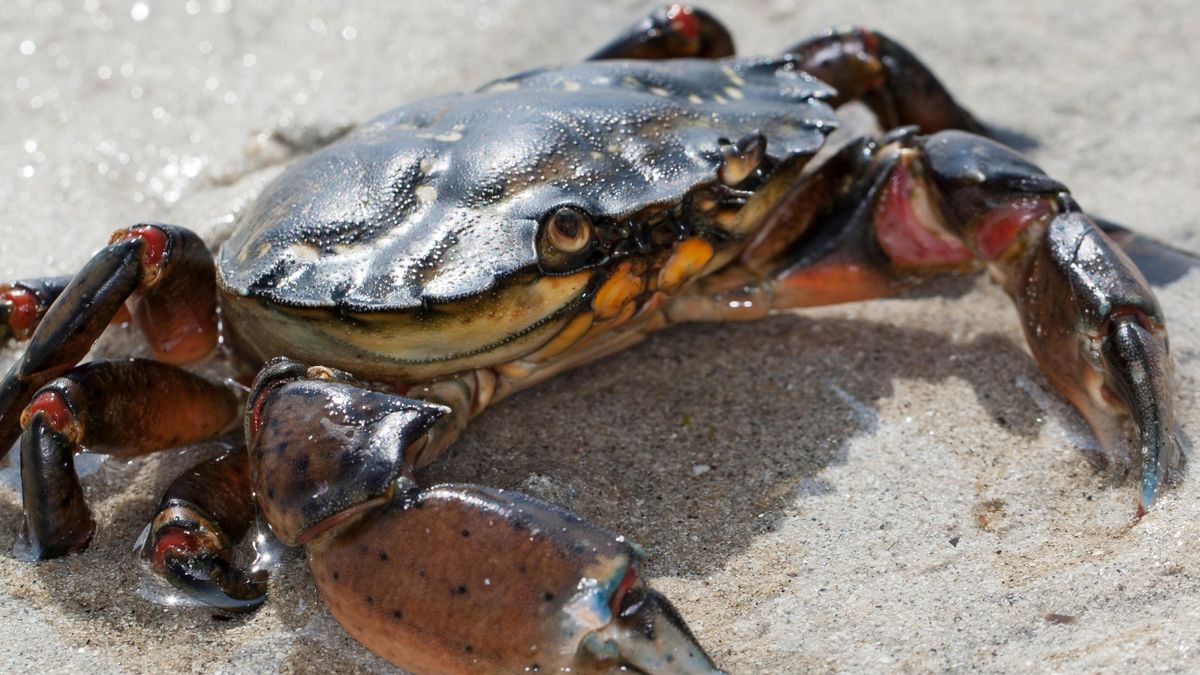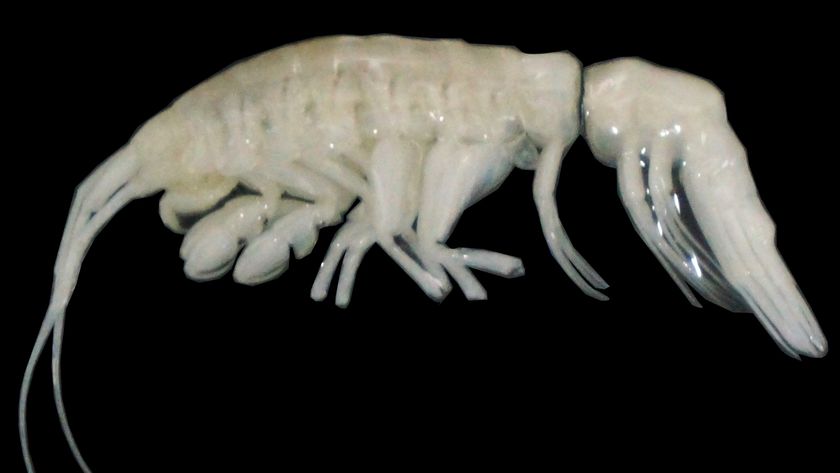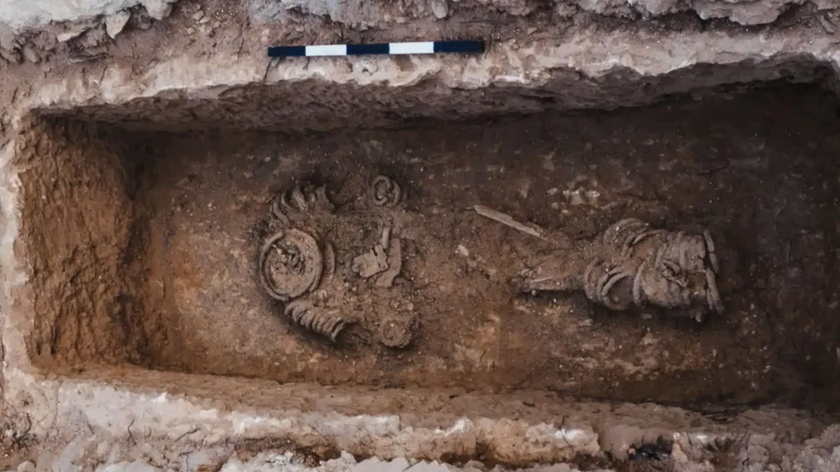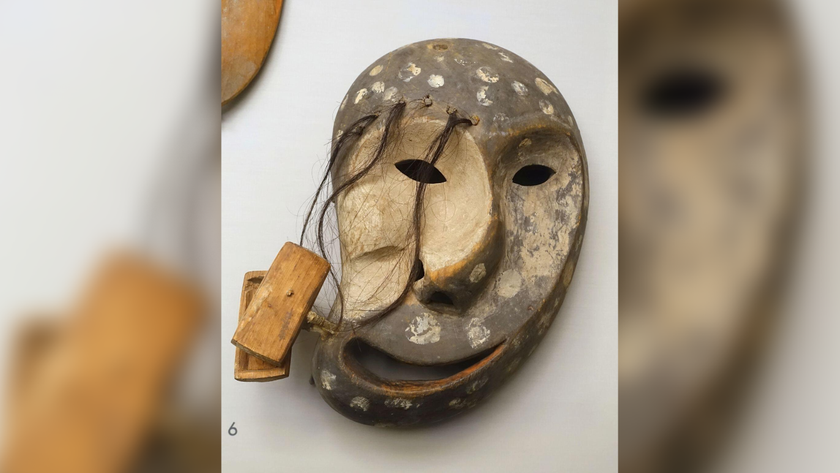Do crabs feel pain?
A growing body of research suggests crabs, lobsters and other animals caught for seafood can feel pain. Scientists are pushing for legal protections to ensure they are treated humanely.

Crabs are often boiled alive prior to being eaten. The logic has been that crabs do not feel pain because they lack the brain regions responsible for processing pain.
But is that the case — or can crabs feel pain?
Shore crabs (Carcinus maenas) may be able to, according to an October study in the journal Biology. Researchers found these crabs have nociceptors, nerve endings that detect damage to the body and send a pain signal to the brain.
The researchers tested 20 crabs' responses to painful stimuli, like pokes from a plastic instrument or small amounts of vinegar applied to their eyes, antennae, and soft tissue between claws and at joints . Electrodes measured their central nervous system responses, and the scientists saw they were consistent with nociceptive responses. This was not the case when researchers applied non-painful substances such as seawater.
Nociceptors, which humans and many other mammals also have, are activated when the body is injured or threatened with injury. They communicate to the brain, through the feeling of pain, that the body is facing a possible threat, so the animal can respond accordingly.
The existence of nociceptors alone does not necessarily mean an animal feels pain, said study co-author Eleftherios Kasiouras, a biologist at the University of Gothenburg in Sweden. Nociceptors can trigger a pain reflex — like the instinctual removal of a hand from a hot stove. But humans experience the feeling of pain in our brain. So while nociceptors alone don't prove crabs feel pain, they're one piece of the puzzle.
Another study strongly suggesting crabs feel pain
Kasiouras told Live Science that he was not surprised to find pain receptors in crabs: Previous research has found lobsters and crabs respond behaviorally to pain. The combination of these behavioral responses with the central nervous system response makes it more likely that an animal feels pain.
Sign up for the Live Science daily newsletter now
Get the world’s most fascinating discoveries delivered straight to your inbox.
One way scientists gauge if an animal feels pain is through a checklist of criteria that includes whether the animal has nociceptors, pain-related brain regions, interconnections between these receptors and brain regions, responses to anaesthetics and self-protective behaviors in response to injury or threat of injury.
Research on hermit crabs suggests these animals exhibit self-protective behaviors in response to injury. Hermit crabs will abandon their shells to avoid electric shocks, according to a 2016 study published in the journal Behavioural Processes. They are less likely to do so if the odor of a predator is present, suggesting there is a conscious trade-off between avoiding pain and avoiding predators. This adds weight to the idea that hermit crabs experience pain (rather than them fleeing their shells as a reflex).
The new study in shore crabs fulfills another criterion, strongly suggesting crabs can feel pain.
Given the evidence, scientists working in this field are calling for bans on boiling crabs and lobsters alive, calling it an inhumane practice. A ban has been discussed and tabled in the U.K., but bans are already in place in Switzerland, Norway and New Zealand.
Scientists are also looking at whether squids, clams and mussels meet the criteria for feeling pain, but results are varied: They do have nociceptors, and some show pain avoidance behavior, but scientists don't yet understand their brains as well as those of mammals.
"We humans use animals for food, for laboratory research, and many other products," said Kasiouras. "If they experience pain… we need to establish legislation on how to humanely treat them throughout their lives without suffering and minimize their pain."

Olivia Ferrari is a New York City-based freelance journalist with a background in research and science communication. Olivia has lived and worked in the U.K., Costa Rica, Panama and Colombia. Her writing focuses on wildlife, environmental justice, climate change, and social science.











